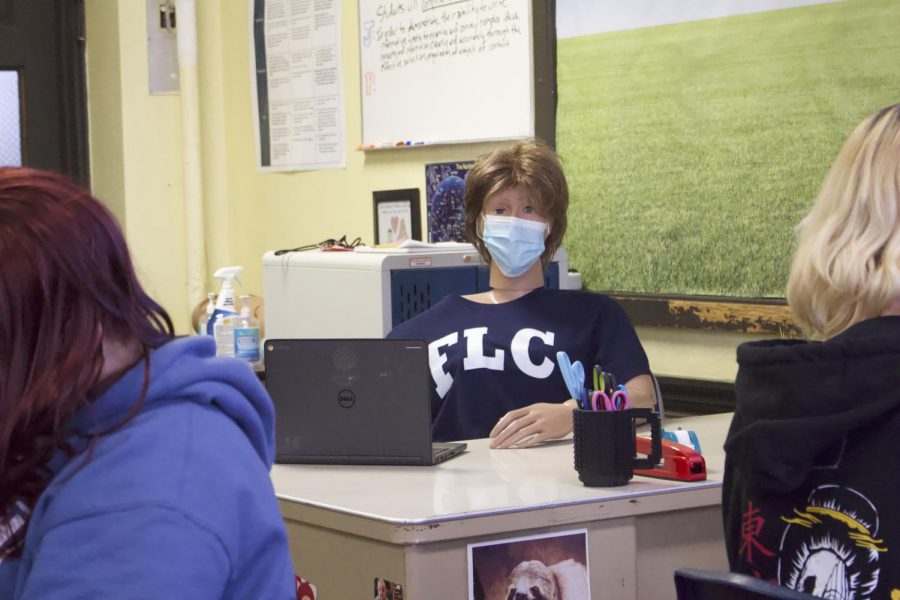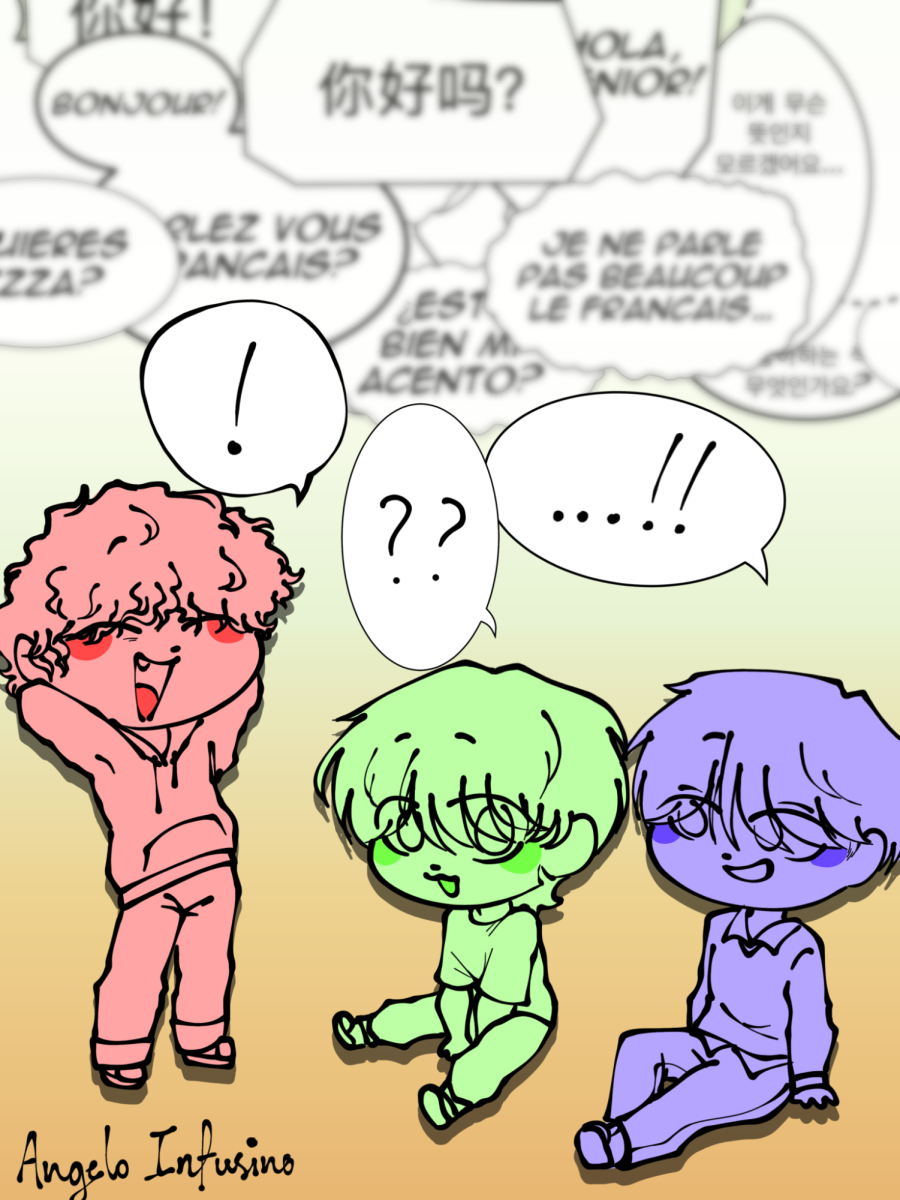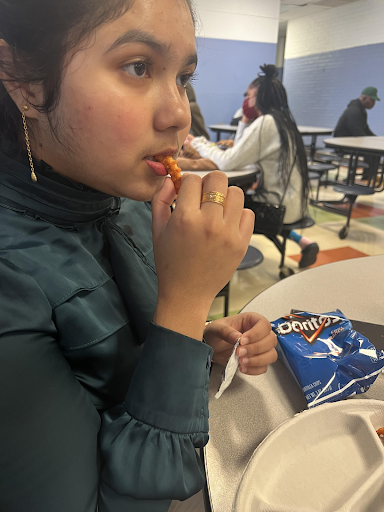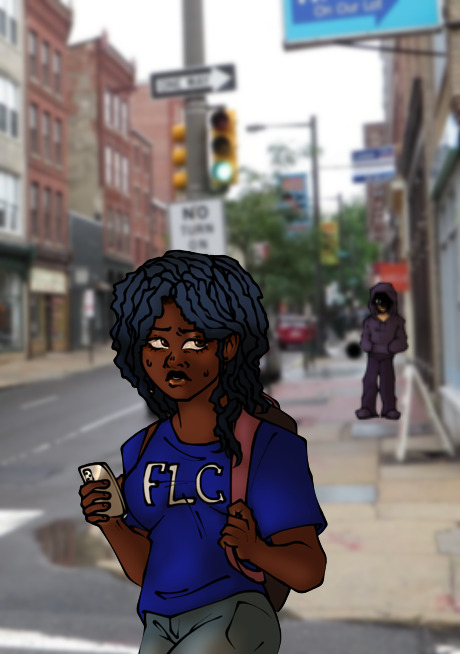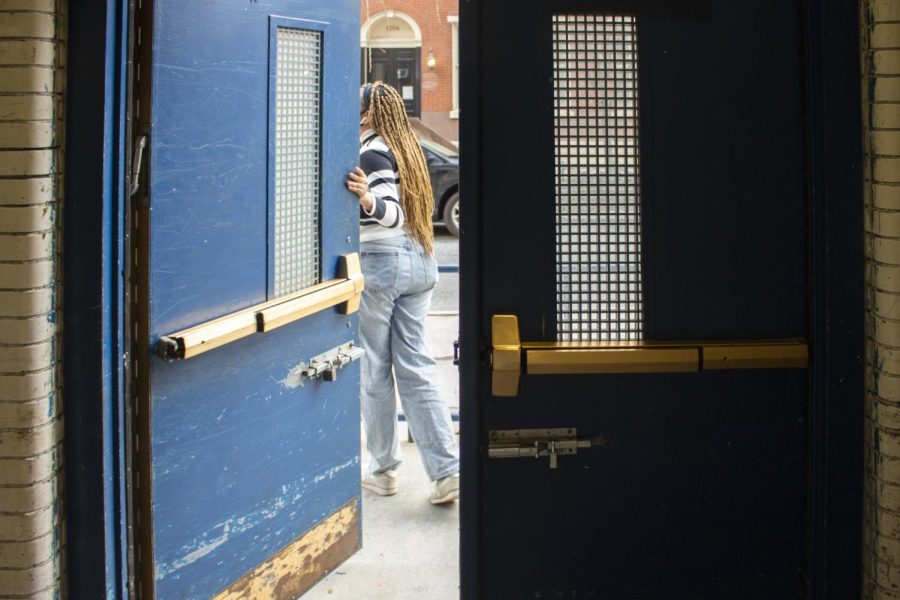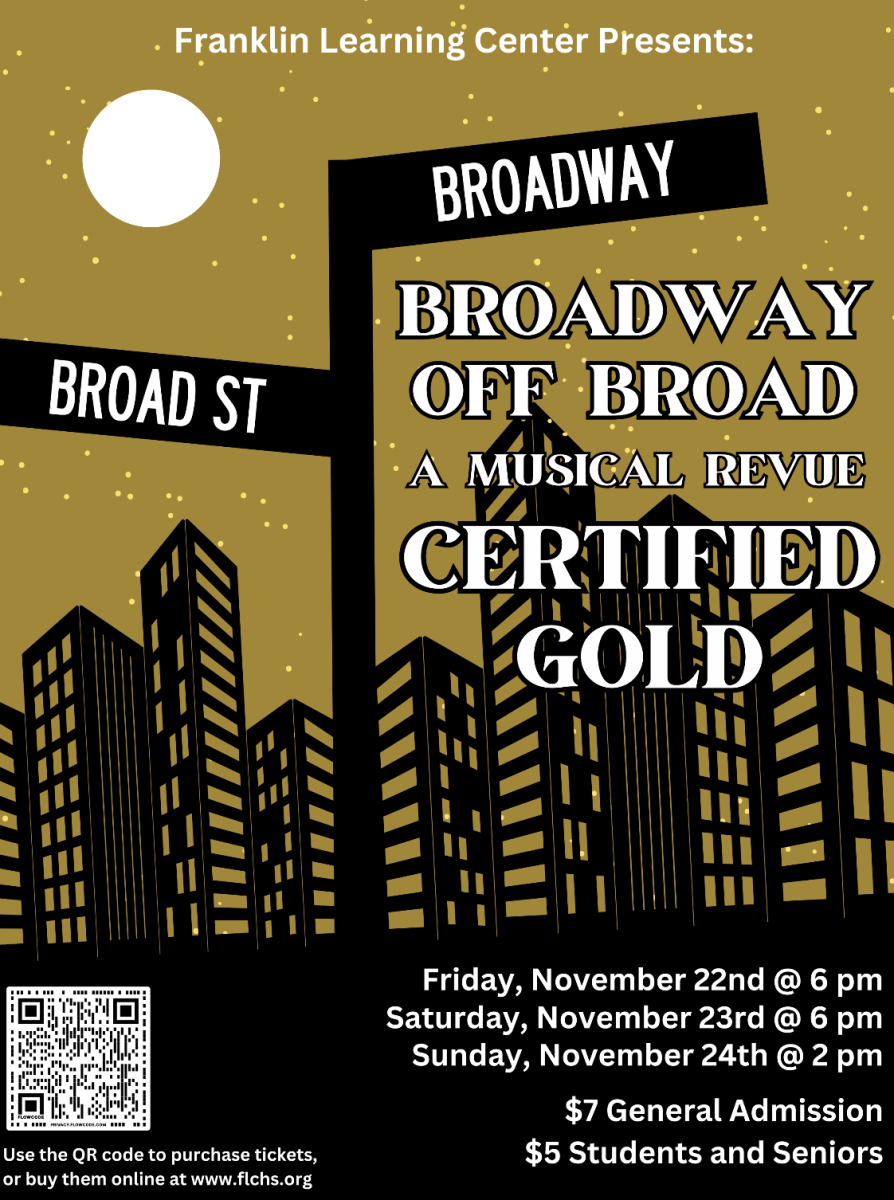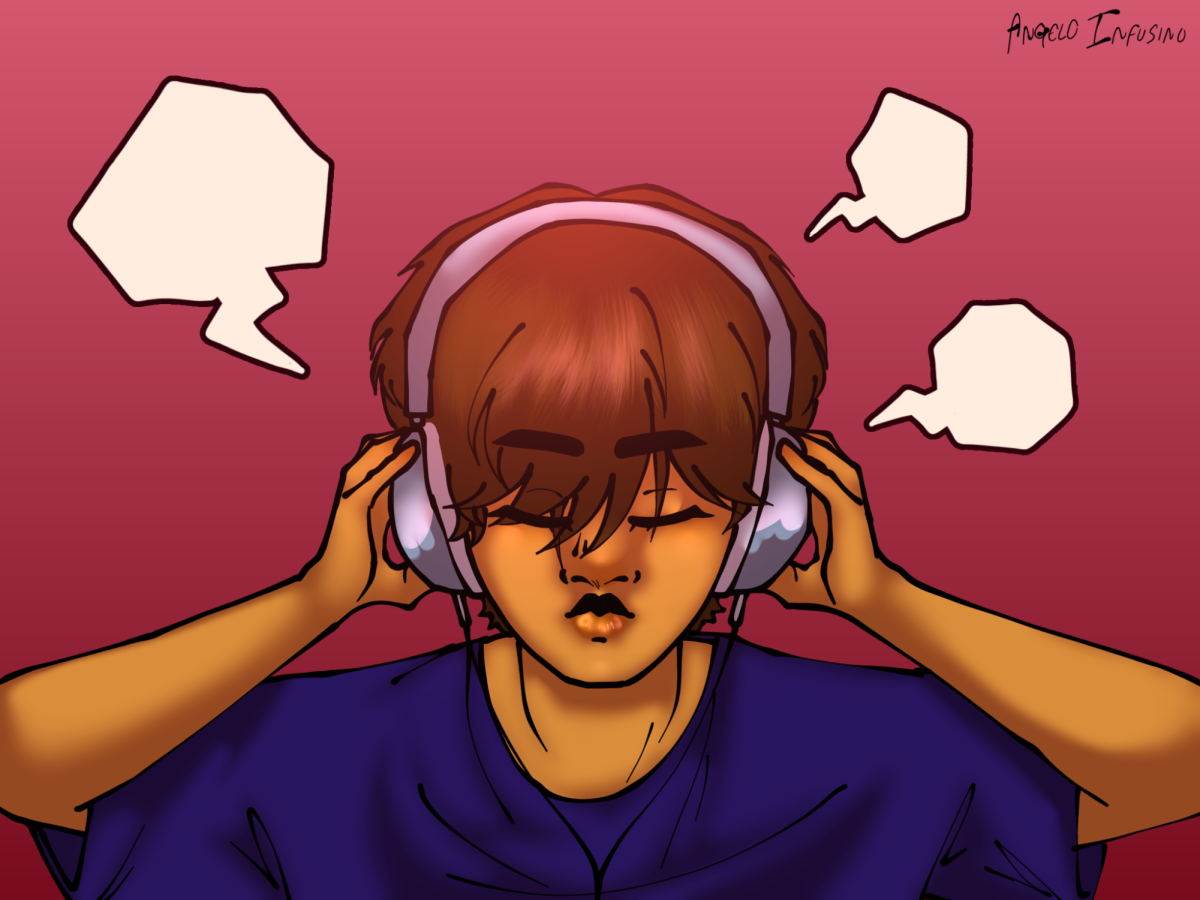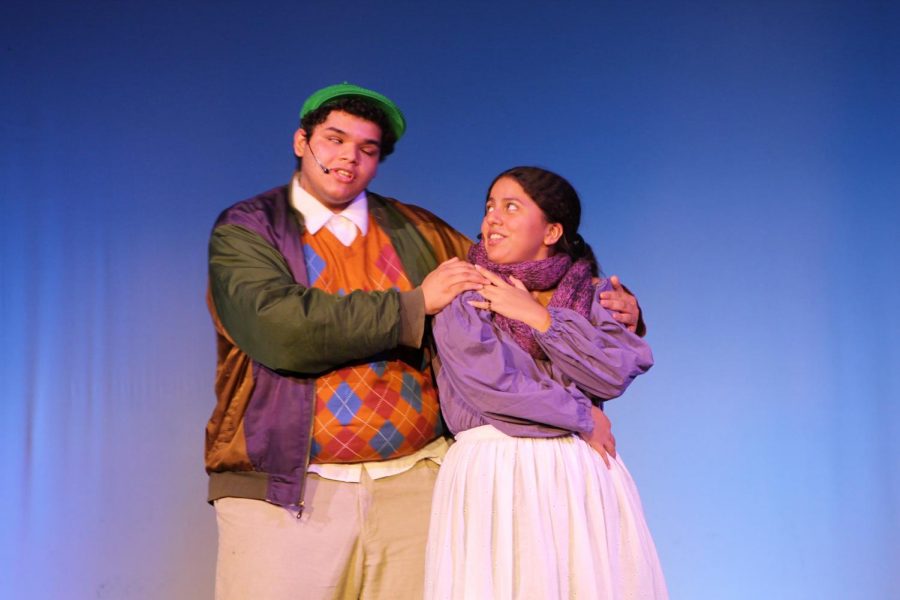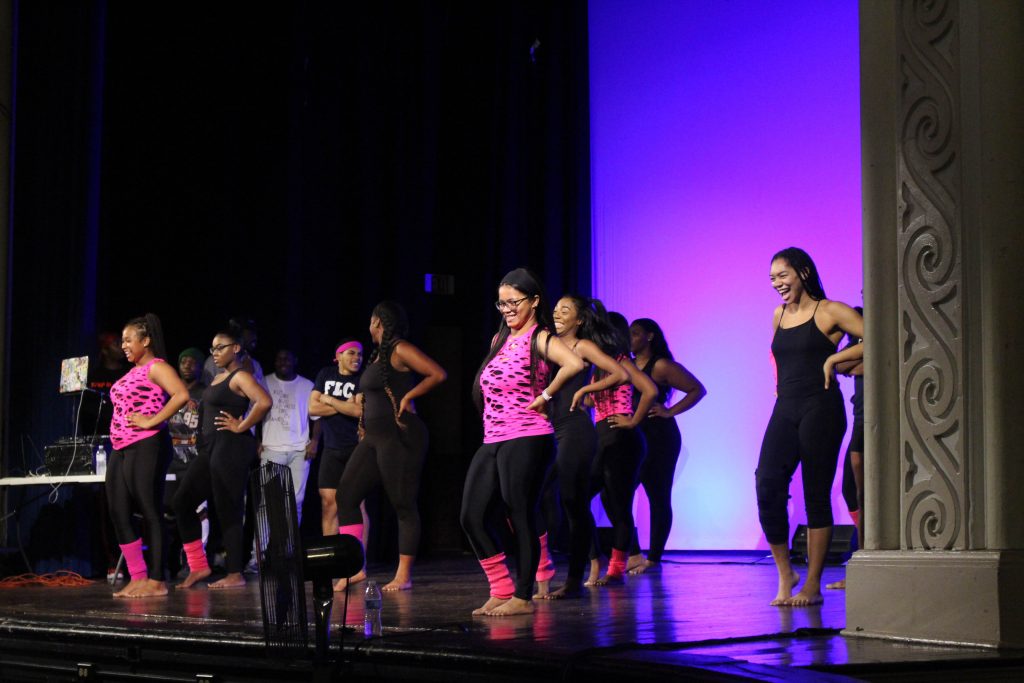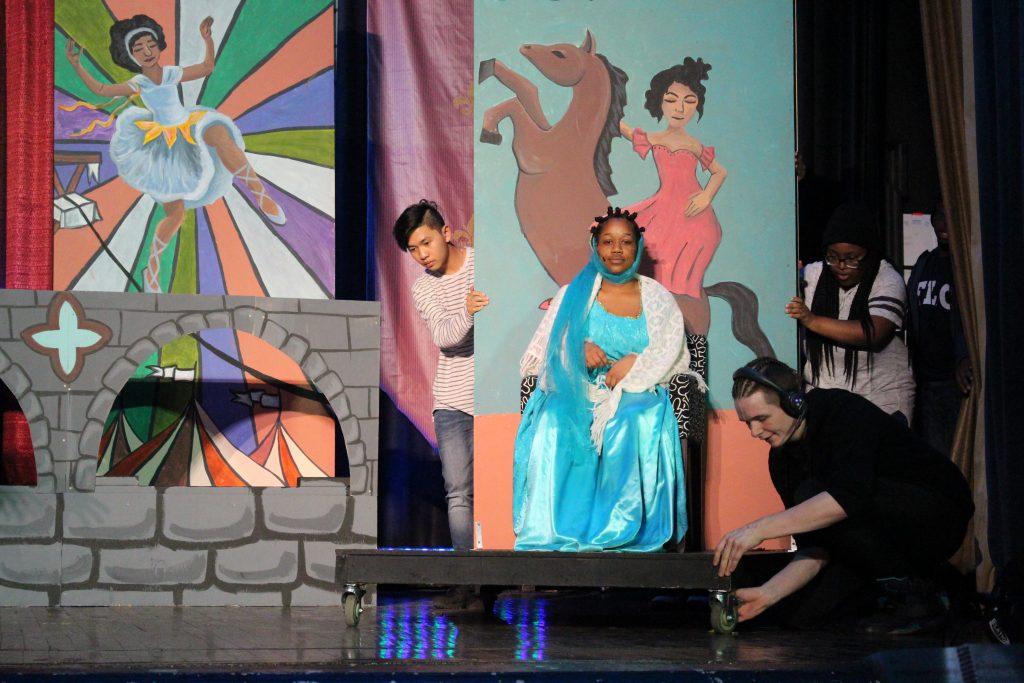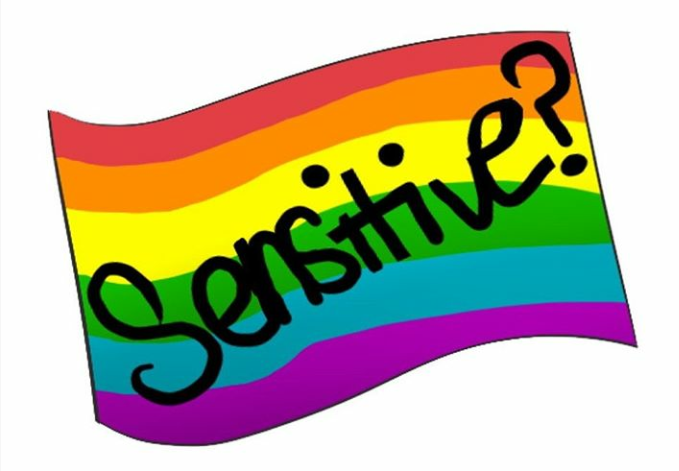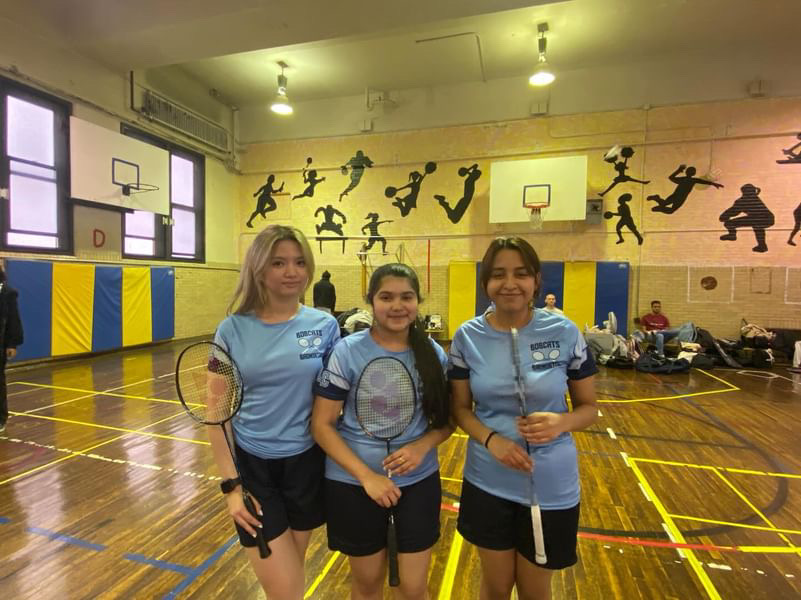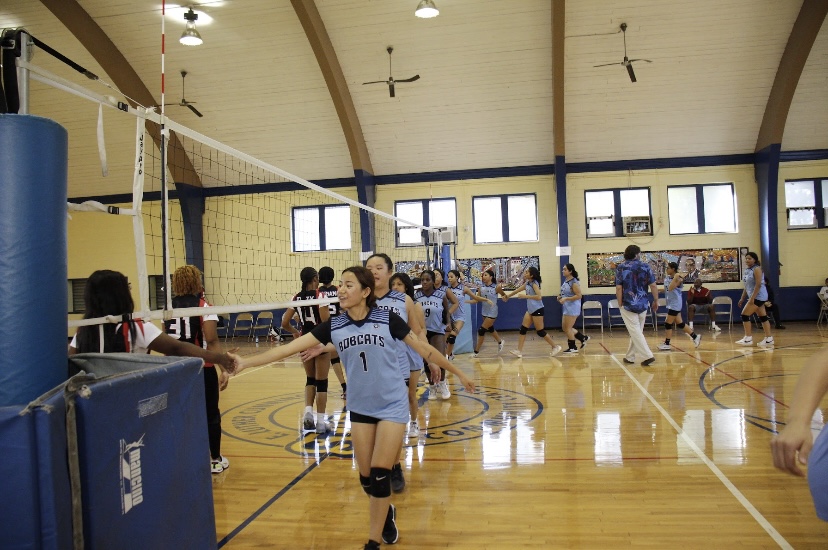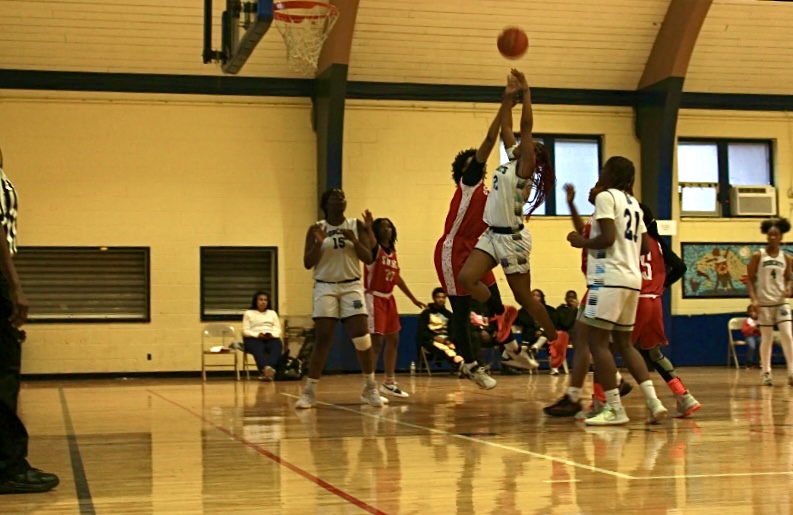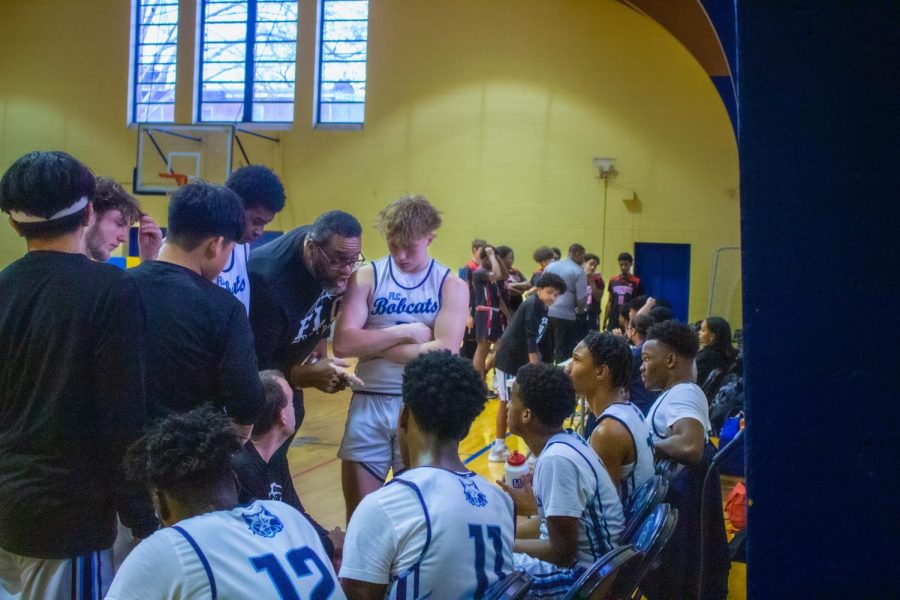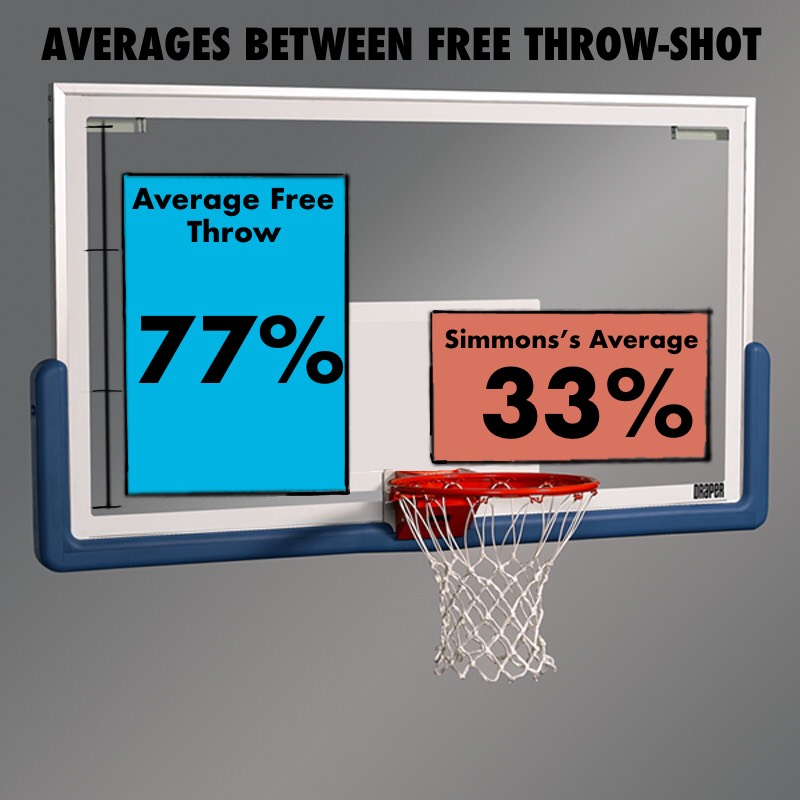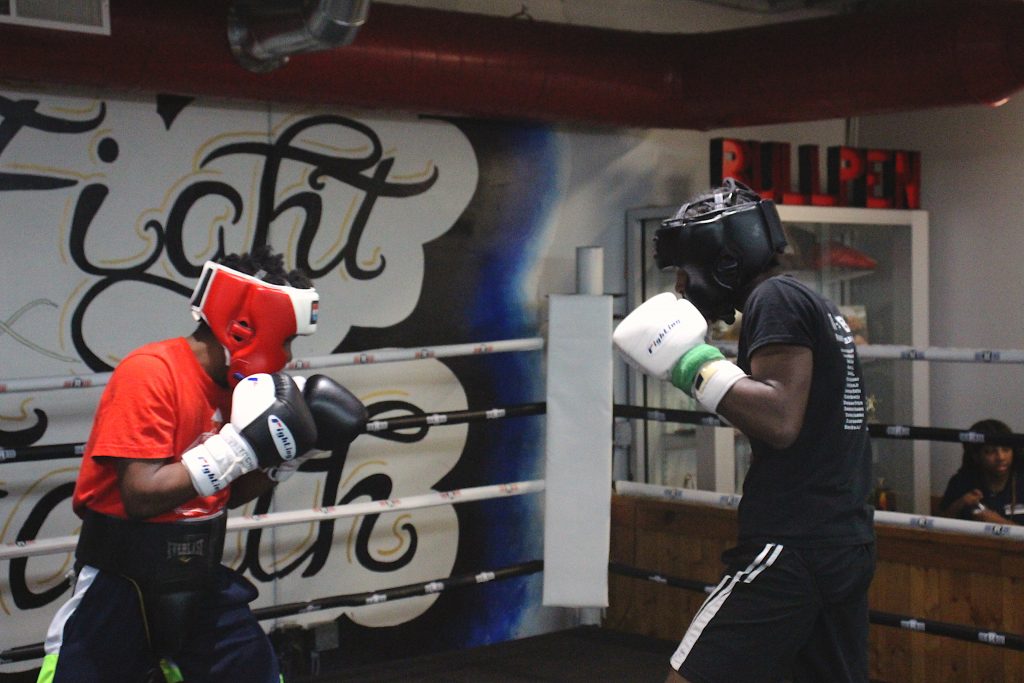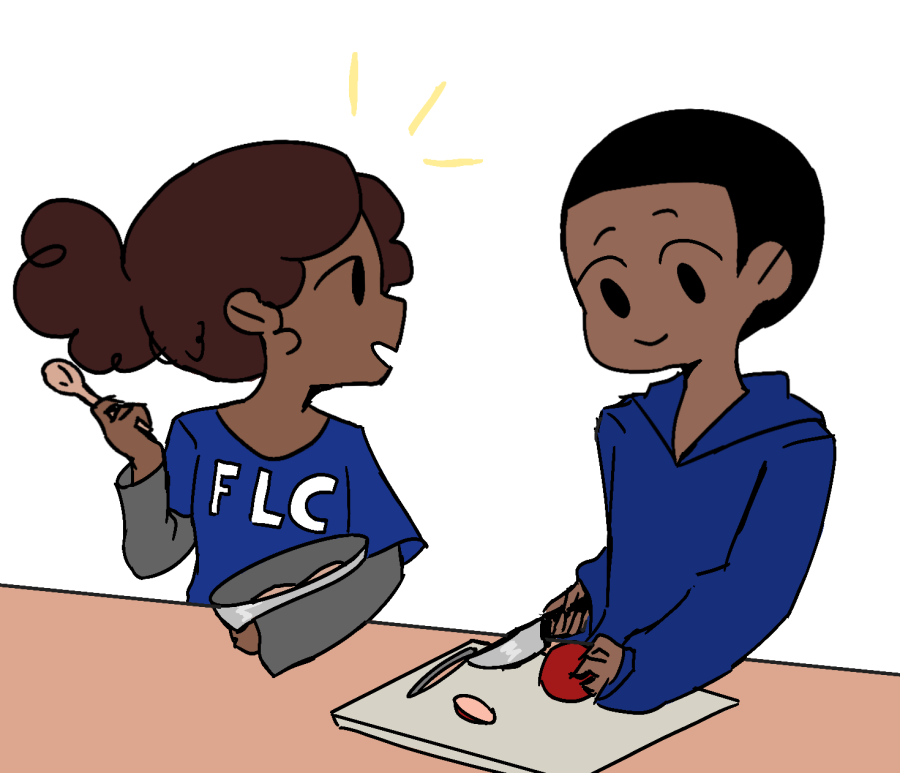The beauty of culinary arts
Students cooking.
March 9, 2023
Creativity, culture, and affection. These are some of the many aspects of culinary arts that can draw people in and cause them to savor the craft. Cooking can be a means of escape and can teach many lessons that last a lifetime. Although a cooking class is available through our mandatory health class, incorporating it in other ways can do us a batch of good.
Incorporating culinary arts into school curriculums is an incredibly beneficial endeavor for both students and schools alike. Culinary arts provide students with a unique opportunity to learn about food, nutrition, and the culinary process in a hands-on environment. This type of learning can be incredibly beneficial for students, as it allows them to gain practical skills that can be applied to their everyday lives.
Culinary arts also provide students with an opportunity to explore their creativity and develop their problem-solving skills. By learning how to create dishes from scratch, students can learn how to think outside the box and come up with creative solutions to problems. This type of learning can be incredibly beneficial for students, as it can help them develop the skills necessary to succeed in the future.
Alongside the educational benefits of incorporating culinary arts into school curriculums, there are also numerous social benefits. By learning how to cook, students can learn how to work together as a team and develop their communication skills.
By offering culinary arts classes, schools can attract more students and increase their enrollment numbers. Additionally, offering culinary arts classes can help schools create a more diverse and interesting curriculum, which can help to engage students and keep them interested in their studies.
Aiden Kingcade, a student at Franklin Learning Center, explained his experiences with the culinary arts. Kingcade argued that, unlike other art forms, the culinary arts are more all-inclusive.
“There are some people who hate art and music, but everyone needs food. Maybe you won’t love it, but everyone needs it [food]…Also, you don’t need to be a giant prodigy or a skilled person to be good at cooking,” he said.
This inclusivity can make culinary arts popular amongst students. His passion for the culinary arts reverberates through him. He argues that good cooking is a measure of the joy it brings people.
“I want to see the happy memories people have when they come across my cooking. I wouldn’t even mind giving some of my cooking to some of my worst enemies if I could see them smile as a result of it. The world is already full of negativity and hatred. I just want to spread some positivity and love,” he said.
Kingcade thought that, even if a culinary arts class weren’t added to the curriculum, a culinary arts club would still be beneficial.
“We do a lot of events in the school, and I really think it would be an amazing idea if members of the culinary club could bring over the dishes that they created to those events. It would be such an amazing experience for some people,” he said.
Incorporating culinary arts into school curriculums is an incredibly beneficial endeavor for both students and schools alike. By offering culinary art opportunities, schools can provide students with a unique opportunity to learn about food, nutrition, and the culinary process in a hands-on environment. Additionally, offering culinary arts classes in particular can help schools create a more diverse and interesting curriculum, which can help to engage students and keep them interested in their studies.

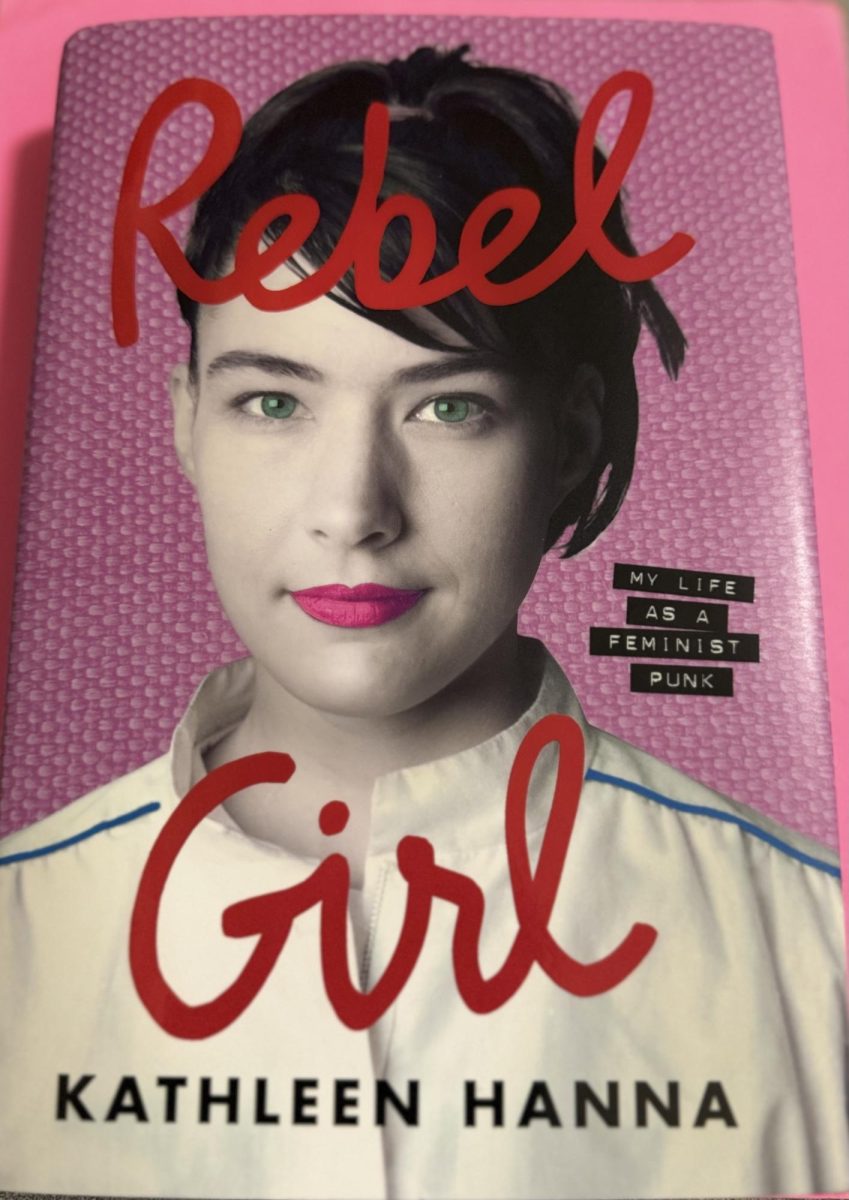




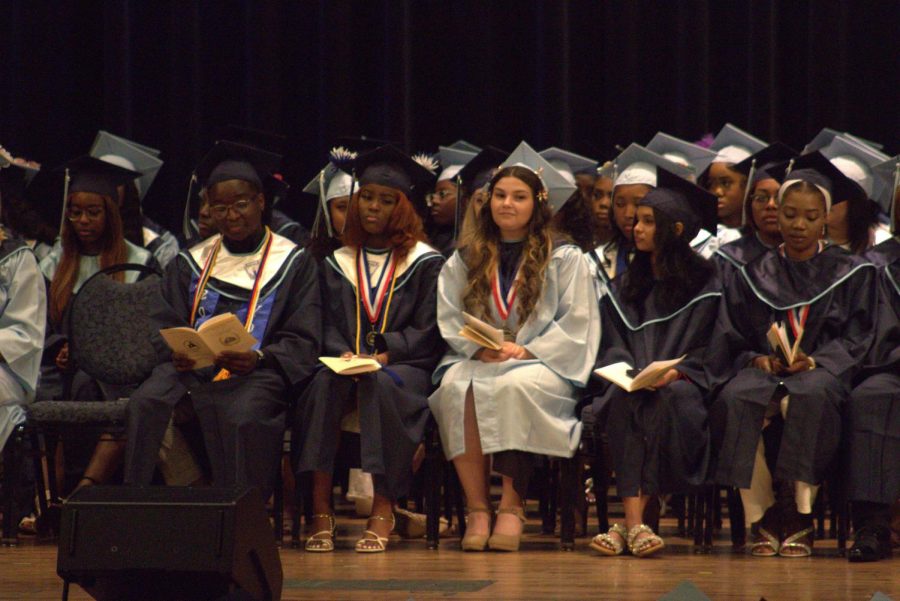
![[VIDEO] FLC 10th grade student awarded $40,000 in a BigFuture Scholarship](https://theflashflc.org/wp-content/uploads/2023/05/Screen-Shot-2023-05-02-at-4.39.10-PM-900x493.png)
![[VIDEO] Mayoral candidates campaign on student issues](https://theflashflc.org/wp-content/uploads/2023/04/IMG_1387-900x506.jpg)


